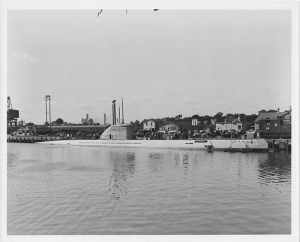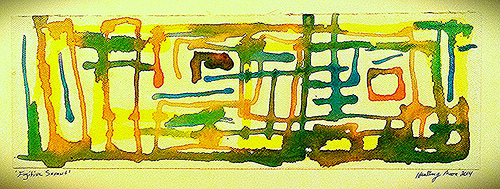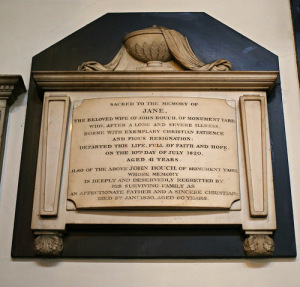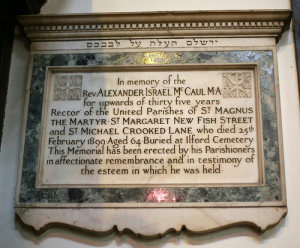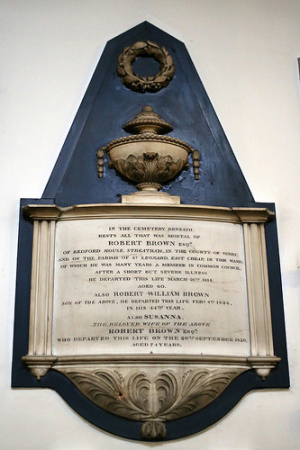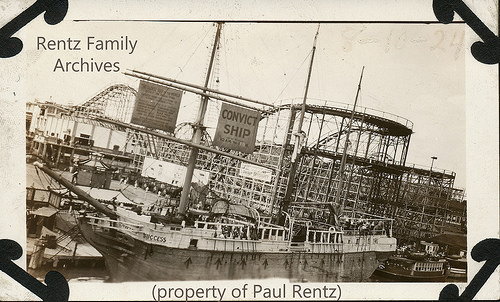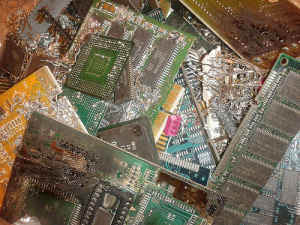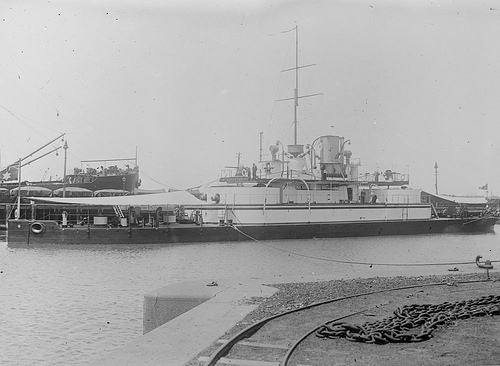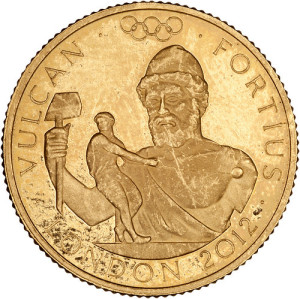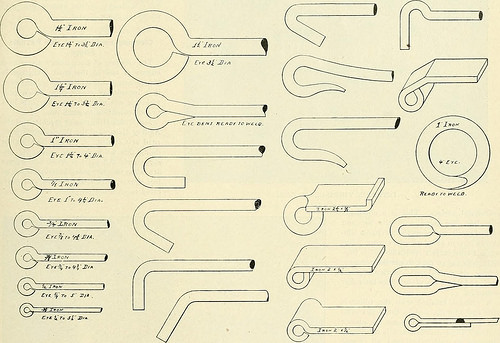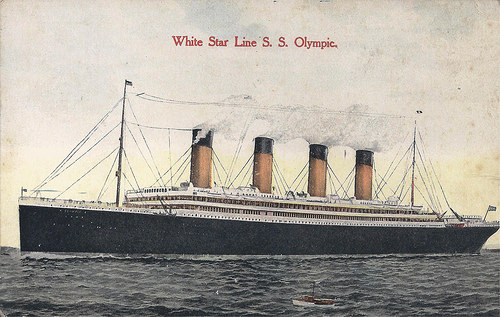Read More...
There are basically many types of energy sources are available which are listed below,
Voltage SourceIdeal voltage source is defined as the energy source which gives constant voltage across its terminals irrespective of the current drawn through its terminals.
Voltage sources are further classified as,
Time Invariant Sources: The sources in which voltage is not varying with time are known as time invariant voltage sources or D.C. sources. These are denoted by capital letters. Time Variant Sources: The sources in which voltage is varying with time are known as time variant voltage sources or A.C. sources. These are denoted by small letters. Current SourceIdeal current source is the source which gives constant current at its terminals irrespective of the voltage appearing across its terminals.
Similar to voltage sources, current sources are classified as follows,
Time Invariant Sources: The sources in which current is not varying with time are known as time invariant current sources or D.C. sources. These are denoted by capital letters. Time Variant Sources: The sources in which current is varying with time are known as time variant current sources or A.C. sources. These are denoted by small letters. The sources which are discussed above are independent sources because these sources do not depend on other voltages or currents in the network for their value. Dependent SourcesDependent sources are those whose value of source depends on voltage or current in the circuit. Dependent sources is classified as,
Voltage Dependent Voltage Source: It produces a voltage as a function of voltages elsewhere in the given circuit. This is called VDVS. Current Dependent Current Source: It produces a current as a function of currents elsewhere in the given circuit. This is called CDCS. Current Dependent Voltage Source: It produces a voltage as a function of current elsewhere in the given circuit. This is called CDVS. Voltage Dependent Current Source: It produces a current as a function of voltage elsewhere in the given circuit. This is called VDCS.Ohm's Law
This law gives relationship between the potential difference (V), the current (I) and the resistance (R) of a d.c. circuit Dr. Ohm in 1827 discovered a law called Ohm's Law. It states, the current flowing through the electric circuit is directly proportional to the potential difference across the circuit and inversely proportional to the resistance of the circuit, provided the temperature remains constant. The Ohm's law can be defined as, the ratio of potential difference (V) between any two points of a conductor to the current (I) flowing between them is constant, provided that the temperature of the conductor remains constant. Ohm's Law can be applied either to the attire circuit or to the part of a circuit, if it is applied to entire circuit, the voltage across the entire circuit and resistance of the entire circuit should be taken into account. If the Ohm's Law is applied to the part of a circuit, there the resistance of that part and potential across that part should be used.
Related Posts
-
 Scrap Car Collection
If you have an old car that you want to get rid of it
Scrap Car Collection
If you have an old car that you want to get rid of it -
 Scrap Gold Value How Is It Determined
With the high market price of gold, you may wonder about scrap gold, and
Scrap Gold Value How Is It Determined
With the high market price of gold, you may wonder about scrap gold, and -
 Gold Spot Price
Gold’s spot price is one thing that is essential for a gold buyer to
Gold Spot Price
Gold’s spot price is one thing that is essential for a gold buyer to -
 Turn Your Scrap Gold Into Money
A highly valuable and precious metal, Gold has a lot of utilities other than
Turn Your Scrap Gold Into Money
A highly valuable and precious metal, Gold has a lot of utilities other than -
 various properties audemars piguet
VARIOUS PROPERTIES AUDEMARS PIGUET AN 18K PINK GOLD SKELETONIZED CHRONOGRAPH WRISWATCH WITH REGISTER CIRCA
various properties audemars piguet
VARIOUS PROPERTIES AUDEMARS PIGUET AN 18K PINK GOLD SKELETONIZED CHRONOGRAPH WRISWATCH WITH REGISTER CIRCA -
 Scrap Gold Per Gram – How To Calculate
Own junk gold at home? Are you snooping to market your junk gold for
Scrap Gold Per Gram – How To Calculate
Own junk gold at home? Are you snooping to market your junk gold for -
 Buying Silver Bullion and gold For Life!
The silver and gold bullion are in substantial demand. The competitive globe has allowed
Buying Silver Bullion and gold For Life!
The silver and gold bullion are in substantial demand. The competitive globe has allowed -
 Great Buys in Silver Jewelry
Silver has been around for thousands and thousands of years, and has become one
Great Buys in Silver Jewelry
Silver has been around for thousands and thousands of years, and has become one






